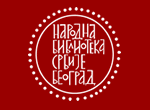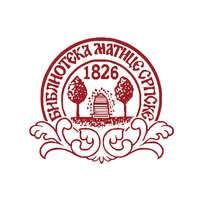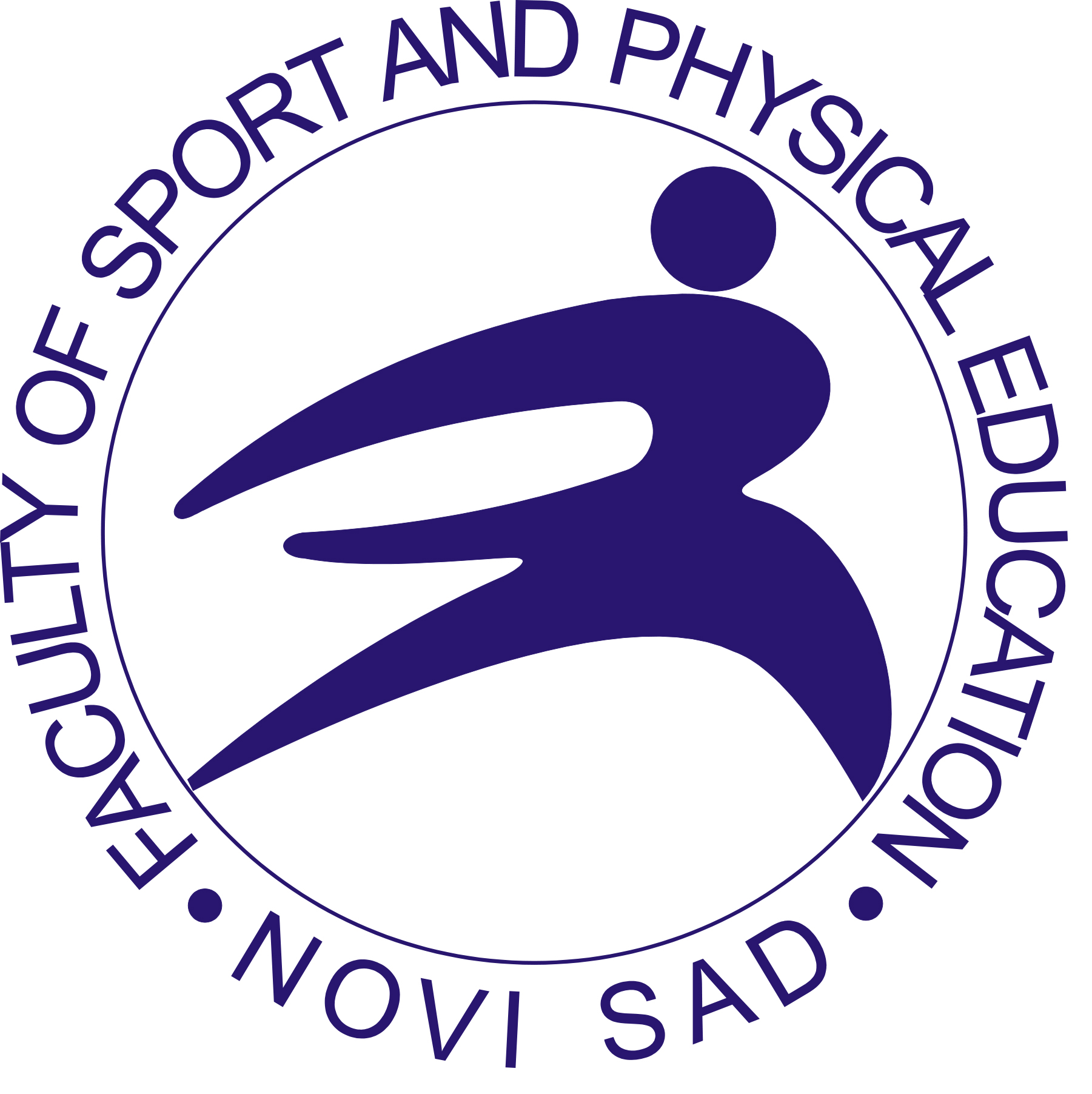
More articles from Volume 5, Issue 1, 2013
EFFECT OF MAXIMUM VOLUNTARY ISOMETRIC CONTRACTION OF ANTAGONIST MUSCLES IN MAX TORQUE AND RATE OF TORQUE DEVELOPMENT OF AGONIST MUSCLES IN TRAINED AND UNTRAINED WOMEN
IMPACT OF RECREATIONAL PHYSICAL ACTIVITY ON WOMEN’S MENTAL AND PHYSICAL HEALTH AND QUALITY OF LIFE
Physique, body composition and physical fitness of Finnish, Hungarian and American adolescents
Anthropometric and cardiovascular characteristics of young elite male handball players according to playing positions
The relationship between coordination, motor abilities and anthropometric characteristics of preschool girls
EFFECTS OF BODY COMPOSITION ON THE MANIFESTATION OF STATIC STRENGTH IN GIRLS OF LOWER ELEMENTARY SCHOOL AGE
Grammar School for Talented Students “Kosztolányi Dezső” , Subotica , Serbia
Abstract
This study presents the results of the analysis of the effects of body composition on the
manifestation of static strength in girls of lower elementary school age. The sample consisted
of 63 girls aged seven. All the girls were from Subotica and attend elementary schools. Height
was measured by the use of Martin’s anthropometer, weight was measured by the use of InBody
230. The measures of body composition (body fat, total body water and skeletal muscle mass)
were assessed by InBody 230, a device which functions on the base of bioelectrical impedance.
The static strength of arms and shoulder area was assessed by „Bent-arm hang” test. The results
pointed to the statistically significant effects of the body composition on the manifestation of static
strength in girls of lower elementary school age.
Keywords
References
Citation
Copyright

This work is licensed under a Creative Commons Attribution-NonCommercial-ShareAlike 4.0 International License.
Article metrics
The statements, opinions and data contained in the journal are solely those of the individual authors and contributors and not of the publisher and the editor(s). We stay neutral with regard to jurisdictional claims in published maps and institutional affiliations.
























